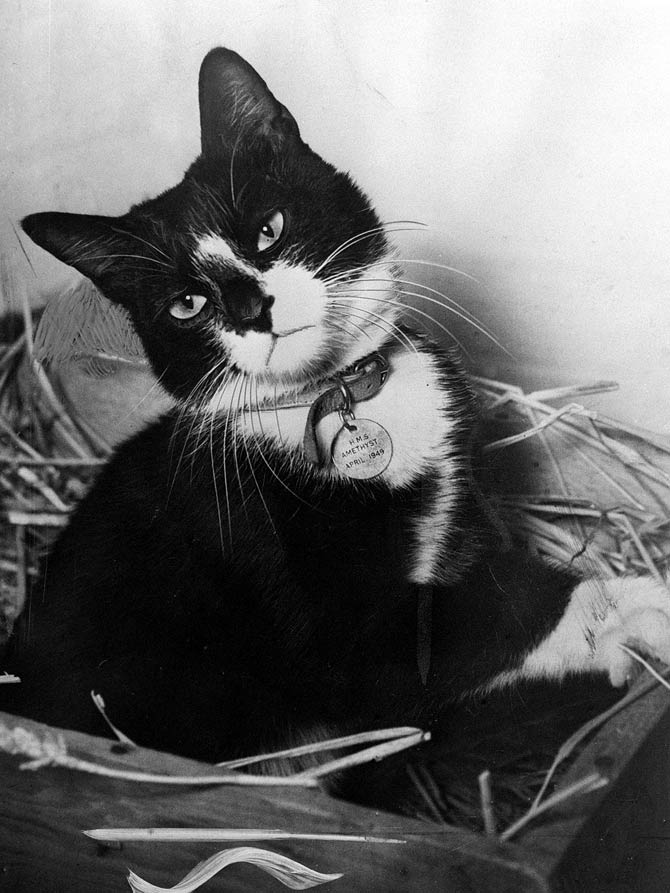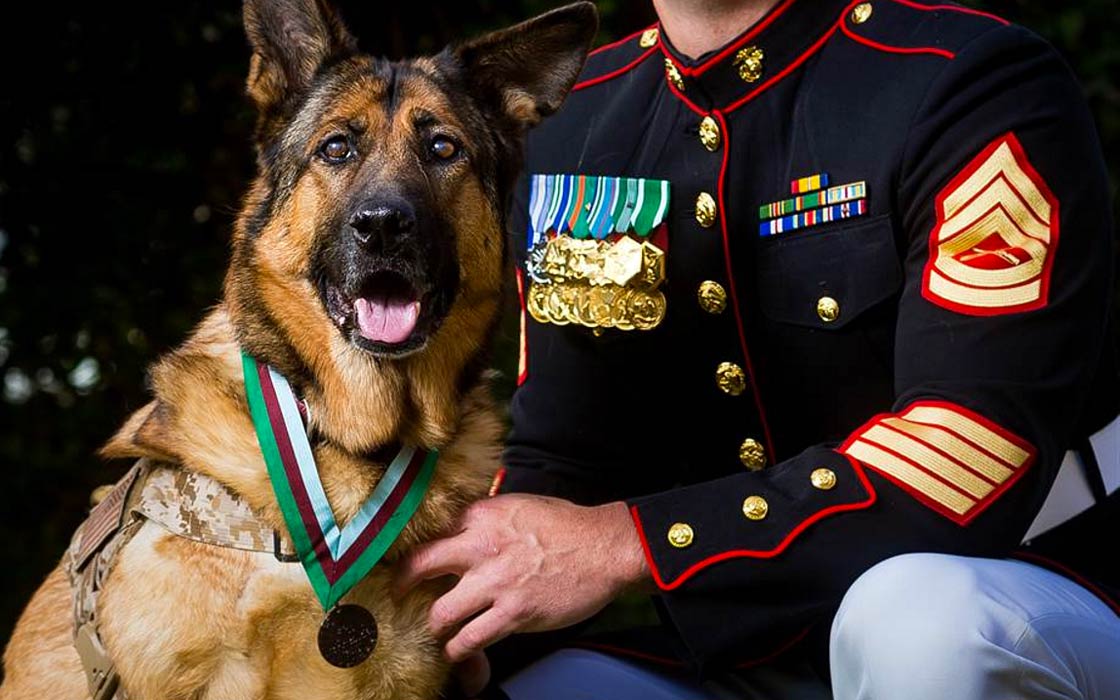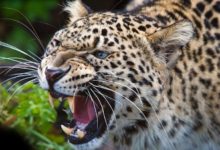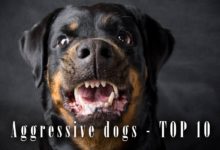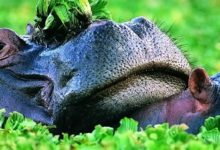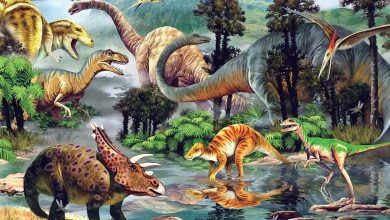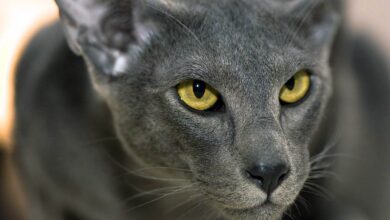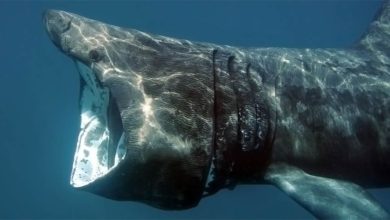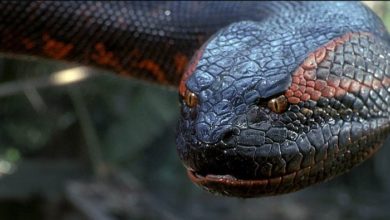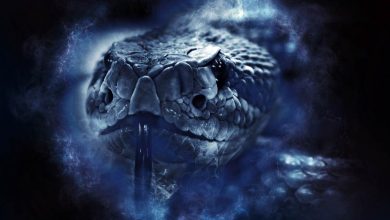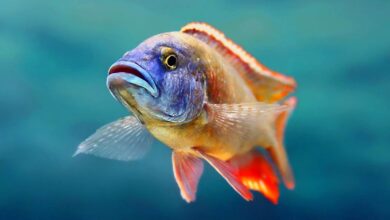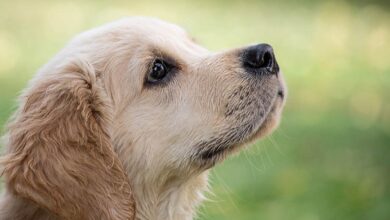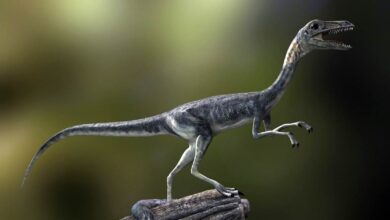PDSA Dickin Medal – in honor of animals meritorious in the field of glory
Some military decorations tell a lot about their holder – some of them are so highly esteemed that they are known all over the world. Few people know that in the UK there is also a badge awarded to animals. It is PDSA Dickin Medal.
Maria Dickin founded in 1938 the People’s Dispensary for Sick Animals (PDSA) – a charity institution dealing with the treatment and rehabilitation of animals mutilated as a result of combat operations. Mrs. Dickin decided that some animals carried out missions so difficult and important that they deserved special recognition. This is how the idea of medals named after her was born.
The Dickin Medal is awarded to animals that have demonstrated special heroism and dedication in the armed and civilian forces of the Commonwealth of Nations.
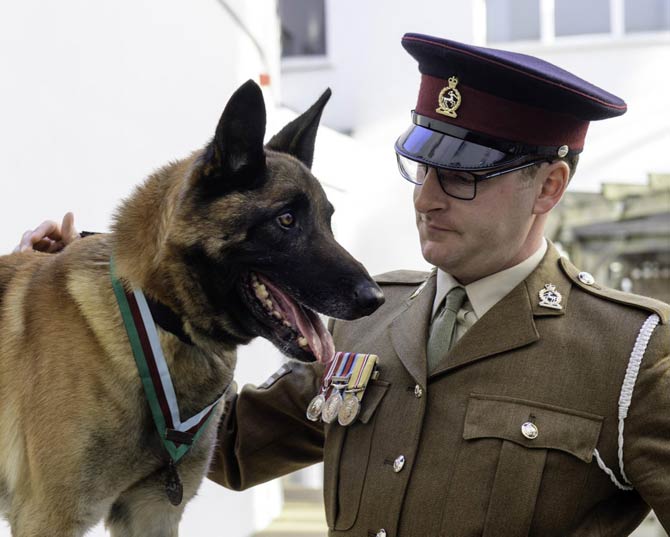
What is the Dickin Medal?
The Dickin Medal is awarded to animals who have demonstrated exceptional heroism and dedication in their service in the armed forces and civilian emergency services of the Commonwealth of Nations. It is in the form of a bronze medallion engraved with the words “For Gallantry” and “We also serve”, with a laurel wreath engraved on its periphery. The medal is hung on a ribbon with three stripes: blue, brown and green, symbolizing respectively air, land and sea forces.
The Dickin Medal was awarded in 1943 and was given to animals until 1949. 54 animals were honored with it, including 32 pigeons, 18 dogs, 3 horses and one cat. In 2002, the medal ceremony was resumed to reward three dogs for participating in the rescue of the wounded in the terrorist attacks on September 11, 2001. The Dickin Medal has a very high rank – in the order of awards, it is the animal equivalent of the Victoria Cross, the highest British military decoration.
The animal’s heroism is, of course, subjectively assessed on the basis of the testimony of people who have contact with it. Is it really possible to speak of heroism here? Let us remember that animals do not feel the moral imperative of saving people’s lives or staying with them in times of danger. However, it has repeatedly been found that they feel so closely connected with their carers that they are able to risk their own lives in order to be close to them. Therefore, they act completely against the survival instinct, which in itself deserves attention and recognition.
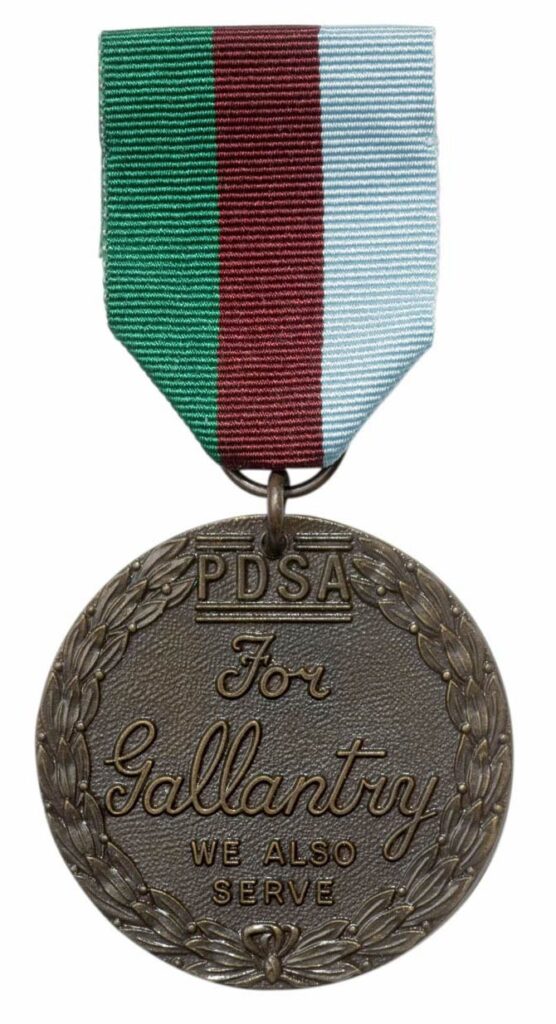
Pigeons
During the Second World War, pigeons were the most numerous group of animals decorated with the Dickin Medal. These animals have been used for military tasks for hundreds of years – they transferred messages in situations where people could not do it themselves or it had to be done quickly and imperceptibly.
It was the same during the Second World War. To this end, the British even established the National Pigeon Service – a voluntary civilian organization for breeding and training carrier pigeons for the army. Pigeons played an important role as messengers, especially in partisans, in the countries occupied by the Germans. They provided important information as well as microfilms with photos.
Pigeons were also awarded which carried messages from the crews of the shot down planes, thanks to which many of them were saved. The importance of their function is evidenced by the fact that the Germans trained hawks, whose task was to catch pigeons flying over the coast towards England.
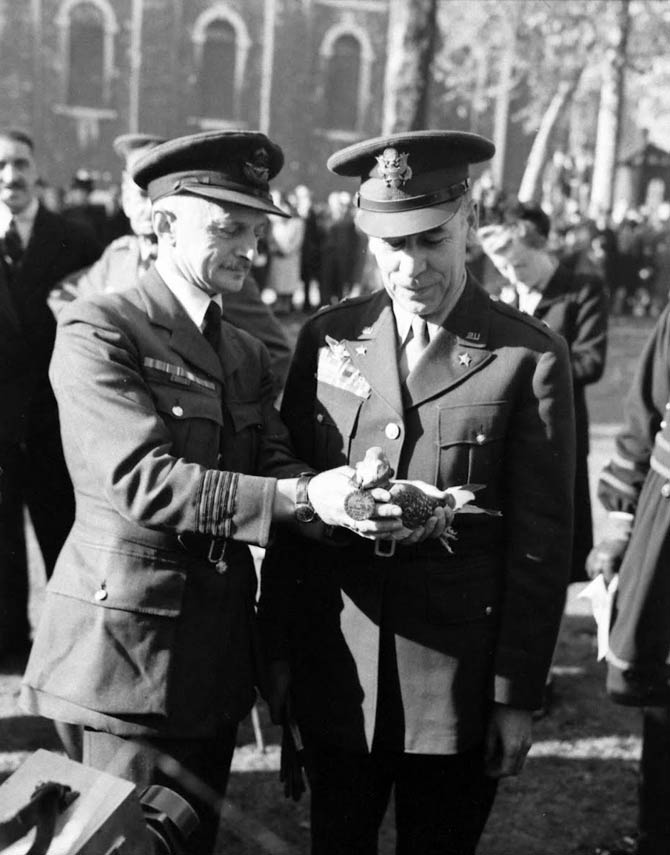
Dogs
Due to the fact that they can be trained and used for various tasks, dogs have found wide application in the military. They are used by sappers to detect explosives as well as the wounded among the ruins. Alsatian Sheepdogs are most commonly used because of their personality traits, strength and endurance, and relatively easy maintenance.
One of the most famous dogs awarded the Dickin medal is Rifleman Khan, a sheepdog who rescued a drowning soldier who was also under hurricane fire. Another distinguished dog, Rex, was famous for finding victims in burning buildings. Another dog, Bing, was parachuted with the soldiers of the 6th Airborne Division – he played a role as a guard, among other things, as he detected the approaching Germans in advance.
There was also a lot of talk about a pointer female dog, named Judy. She was a deck mascot on a British ship sunk by Japanese planes. She rescued herself with part of the crew and helped them find a water source. When the sailors were captured by the Japanese, Judy was taken with them to a POW camp.
There she was given a camp number – thus she became the first animal prisoner of war in history. She gave her guardians great merits, deterring predators haunting a POW camp, and even attacked Japanese guards who showed sadism towards prisoners (for which she was almost killed and eaten). She was liberated along with the seamen and returned to the country, officially becoming a member of the Society of Former Prisoners of War.
It is worth mentioning here the dog heroes awarded today. One of them is Apollo, a German Shepherd, who managed to find and rescue many wounded in the attacks on September 11, 2001. The heroine of the British was also the female Labrador Sasha, who detected 15 explosives in Afghanistan. She died in an ambush along with her owner.

Horses
During the Second World War, trucks and other vehicles were common in the armies. However, in many places and situations, e.g. when the delivery of fuel was difficult or even impossible, the use of horses turned out to be necessary. They were also often used during patrols, especially in cities and in remote areas.
Most of the horses awarded the Dickin Medal were those who served in the police force. They were used by officers whose task was to contain panic and direct traffic after bomb explosions. Many animals in such situations panic and run away – the awarded horses showed fortitude, making it much easier for the policemen to perform their duties.
A well-known horse awarded with the Dickin Medal is Reckless – a horse that during the Korean War delivered (alone, without a guardian!) several dozen parcels with supplies for soldiers fighting at the front. A unique animal is the Warrior – a horse that belonged to General Jack Seely during World War I and stayed with him at the front throughout the conflict. In 2014, it was posthumously awarded the Dickin Medal as a commemoration of all animals fighting in armed conflicts.
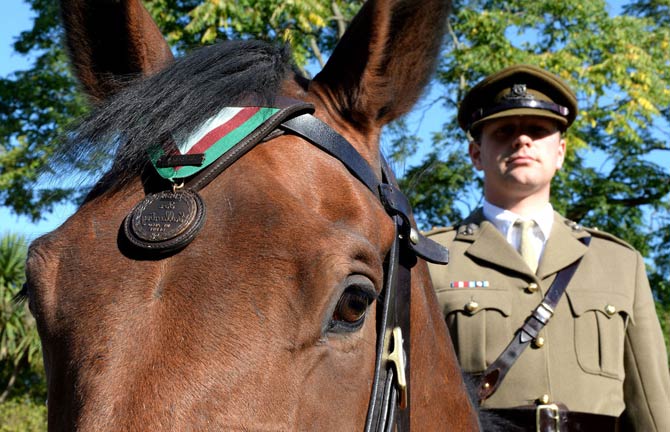
Cats
As highly independent and untrained animals, cats are virtually unused in the armed forces. The navy is an exception – cats are kept on board ships as deck “mascots”, and also because they kill rats.
The crew of Amethyst could see how important these tasks are. In 1948, the ship was on a patrol on the Yangtze River during the civil war in China. There was a cat on board, which the sailors named Simon. It was accepted by the ship’s commander and even officially entered on the crew list.
Over the next months, Simon killed the rats that had plagued the ship prior to his appearance. He visited the wounded sailors, lay down with them, and invited them to play – even when he himself was badly injured. The sailors claimed that only the presence of the cat kept them high in morale. Simon became so famous that when the ship was damaged and he stood helplessly waiting for help, the British organized a food collection for the ship’s crew – and for the cat. When the Amethyst finally returned home, the crew unanimously demanded that Simon be awarded the Dickin Medal.
Almost every animal awarded the Dickin Medal deserves a separate story. It is a pity that a similar idea was never born in other countries – the stories of soldiers abound in many stories about unusual animals, actively supporting the fighters or uplifting them. The famous Wojtek bear would certainly deserve a similar distinction.
The Dickin Medal was awarded to:
| Name | Animal | PDSA Dickin Medal |
| White Vision | Pigeon | 2 December 1943 |
| Winkie | Pigeon | 2 December 1943 |
| Tyke | Pigeon | 2 December 1943 |
| Bob | Dog | 24 March 1944 |
| Beach Comber | Pigeon | 1 September 1944 |
| Gustav | Pigeon | 1 September 1944 |
| Paddy | Pigeon | 1 September 1944 |
| Rip | Dog | 1945 |
| Jet | Dog | 12 January 1945 |
| Irma | Dog | 12 January 1945 |
| Beauty | Dog | 12 January 1945 |
| Rob | Dog | 22 January 1945 |
| Kenley Lass | Pigeon | March 1945 |
| Navy Blue | Pigeon | March 1945 |
| Flying Dutchman | Pigeon | March 1945 |
| Dutch Coast | Pigeon | March 1945 |
| Commando | Pigeon | March 1945 |
| Royal Blue | Pigeon | March 1945 |
| Thorn | Dog | 2 March 1945 |
| Rifleman Khan | Dog | 27 March 1945 |
| Rex | Dog | April 1945 |
| Ruhr Express | Pigeon | May 1945 |
| William of Orange | Pigeon | May 1945 |
| Scotch Lass | Pigeon | June 1945 |
| Sheila | Dog | 2 July 1945 |
| Billy | Pigeon | August 1945 |
| Broad Arrow | Pigeon | October 1945 |
| NPS.42.NS.2780 | Pigeon | October 1945 |
| NPS.42.NS.7524 | Pigeon | October 1945 |
| Maquis | Pigeon | October 1945 |
| Mary of Exeter | Pigeon | November 1945 |
| Peter | Dog | November 1945 |
| Tommy | Pigeon | February 1946 |
| All Alone | Pigeon | February 1946 |
| Judy | Dog | May 1946 |
| Princess | Pigeon | May 1946 |
| Mercury | Pigeon | August 1946 |
| NURP.38.BPC.6 | Pigeon | August 1946 |
| G.I. Joe | Pigeon | August 1946 |
| Punch and Judy | Dogs | November 1946 |
| Cologne | Pigeon | 1947 |
| Duke of Normandy | Pigeon | 8 January 1947 |
| NURP.43.CC.1418 | Pigeon | 8 January 1947 |
| DD.43.T.139 | Pigeon | February 1947 |
| DD.43.Q.879 | Pigeon | February 1947 |
| Ricky | Dog | 29 March 1947 |
| Bing | Dog | 29 March 1947 |
| Olga | Horse | 11 April 1947 |
| Upstart | Horse | 11 April 1947 |
| Regal | Horse | 11 April 1947 |
| Simon | Cat | August 1949 |
| Antis | Dog | 28 January 1949 |
| Tich | Dog | 1 July 1949 |
| Gander | Dog | 27 October 2000 |
| Apollo | Dog | 5 March 2002 |
| Salty and Roselle | Dogs | 5 March 2002 |
| Sam | Dog | 14 January 2003 |
| Buster | Dog | 9 December 2003 |
| Lucky | Dog | 6 February 2007 |
| Sadie | Dog | 6 February 2007 |
| Treo | Dog | 24 February 2010 |
| Theo | Dog | 25 October 2012 |
| Sasha | Dog | 29 April 2014 |
| Warrior | Horse | 2 September 2014 |
| Diesel | Dog | 28 December 2015 |
| Lucca | Dog | 5 April 2016 |
| Reckless | Horse | 28 July 2016 |
| Mali | Dog | 17 November 2017 |
| Chips | Dog | 15 January 2018 |
| Kuga | Dog | 26 October 2018 |
| Kuno | Dog | 29 August 2020 |
Do you know hero animals?
If you know any heroic animals that you think to deserve a mention, write about them in the comments below the article. There are many animals that have deserved merit and although they have not received a medal, it is worth writing about them.
